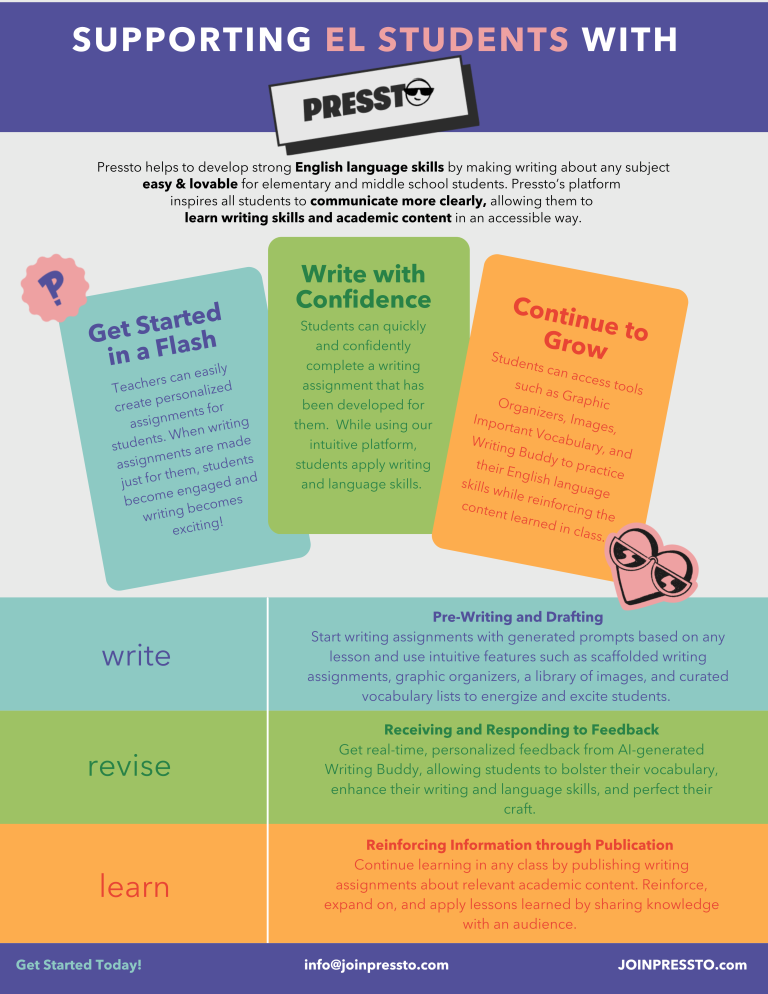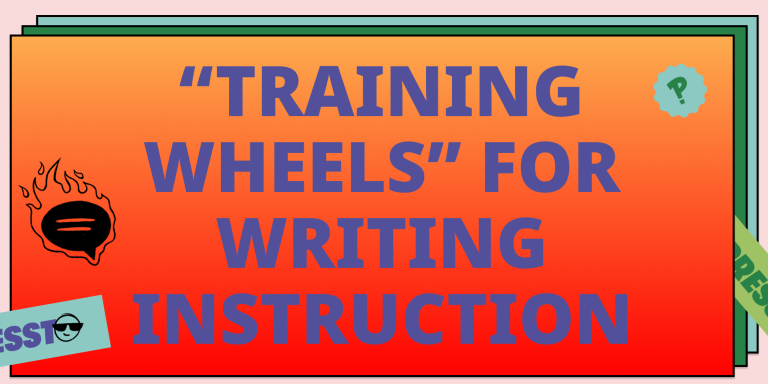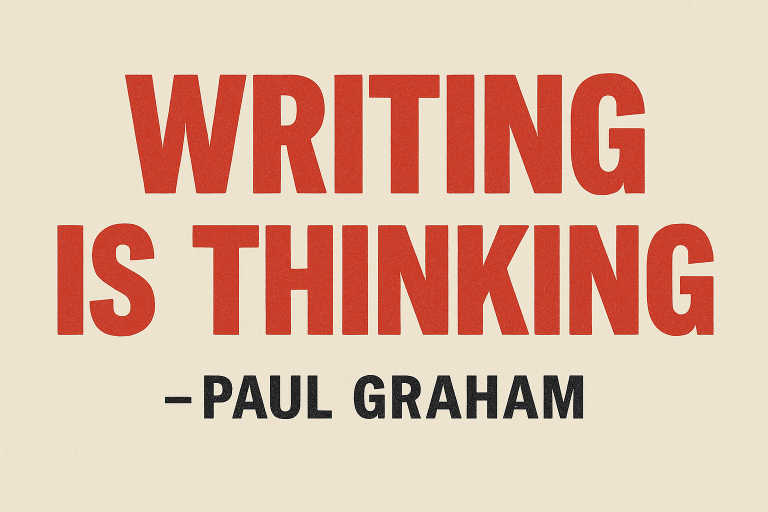Structured Writing vs. Free Writing: Impacts on Learning and Creativity
Imagine Two Classrooms
In one, students are scribbling eagerly in journals, chasing their own ideas with no set prompts. In another, a teacher projects a model paragraph on the board, and children highlight the topic sentence and supporting details in color-coded hues. These scenes illustrate a long-running debate in writing instruction: free writing vs. structured writing. Should we give students open-ended time to write whatever they want, or provide explicit frameworks and step-by-step guidance? More and more educators are discovering that the best answer is not one or the other, but both. By balancing the freedom of unstructured writing with the clarity of structured instruction, teachers can nurture more confident, skillful writers.
Free Writing in the Classroom: Finding Joy and Voice
Ask many English teachers about their favorite classroom moments, and they’ll describe times when students are simply lost in writing – not for a grade, not following a formula, just writing. This is the essence of free writing: students write continuously on whatever topic they choose, without worrying about grammar, form, or teacher evaluation. The goal is to let thoughts flow uncensored onto the page. It could be daily journaling, a weekly creative writing exercise, or a ten-minute “quick write” to begin class. The content might range from personal stories and poems to rants about the school lunch – anything students want to express.
Why devote class time to free writing?
- It unlocks enthusiasm and engagement.
- It’s low-stakes, often ungraded, and removes fear of mistakes.
- It builds fluency and writing stamina.
- It allows for personal expression and voice.
- It has social-emotional benefits, including reduced anxiety.
Students often come to see their ideas as valuable, and classrooms build a shared culture of creativity. Some teachers celebrate free writes with author shares or quiet applause, reinforcing a message: we are all writers here.

Structured Writing: Scaffolding Students to Success
In contrast, structured writing gives students the tools, strategies, and supports they need to succeed. This includes:
- Sentence starters
- Paragraph frames
- Explicit instruction in text structure
- Outlining strategies and planning tools
A third-grade class in Wisconsin, for example, dissected a model paragraph about Galileo: highlighting the topic sentence, labeling supporting evidence, and analyzing coherence. These lessons help students understand the why and how of good writing.
Decades of research back this up. Steve Graham, a leading voice in writing instruction, notes that explicit teaching of structure and composition strategies is highly effective. Strategies like the R.A.C.E.S. formula or simple templates lighten students’ cognitive load, freeing them to focus on content and voice.
Structured writing is especially valuable for:
- Struggling or developing writers
- English language learners
- Teaching academic or content-area writing
Yet, these scaffolds should be flexible and temporary. They are the training wheels, not the final destination.

Beyond the Either/Or: Why Not Both?
Too much free writing without instruction can leave students without the tools they need to improve. Too much structure can stifle creativity and risk formulaic output.
A blended approach works best:
- Begin with a free-write to generate ideas.
- Move to outlining or organizing ideas with a frame.
- Teach a mini-lesson on a structure or technique.
- Apply those tools in a real, creative writing task.
- Share, revise, and reflect.
This allows writing to be both authentic and skillful, joyful and rigorous.
Practical Strategies for Teachers
- Start with a Spark: Daily or weekly free writes build comfort and fluency.
- Teach Mini-Lessons Explicitly: Short, focused instruction helps students develop key skills.
- Use Scaffolds Thoughtfully: Graphic organizers and sentence starters are tools, not crutches.
- Encourage Voice: Allow choice in topic, format, or audience—even in structured pieces.
- Write and Revise in Context: Teach grammar and conventions as part of meaningful writing.
- Celebrate Originality: Highlight moments of creative risk and personal style.
Conclusion
Writing instruction doesn’t need to live in one camp or the other. We can—and should—do both. Free writing gives students the space to find their voice. Structured writing gives them the tools to shape it. With balance, we develop writers who are fluent, empowered, and ready to write for any purpose.
Sources
- Stephanie Hampton, “Why Free-Writing is My Favorite Way to Help Kids Love Writing,” WritingMindset.org
- “5 Benefits of Journaling for Students,” ConnectionsAcademy.com
- Sarah Schwartz, “Young Writers Need Structure to Learn the Craft,” Education Week
- Daniel Stedman, “Scaffolds and Writing Frames Are the Training Wheels of Great Writing,” ScienceofWriting.org
- Lindsay Huddleston, “When Structure Stifles: Lessons from the Science of Reading for Writing,” Writers Who Care
- G. Hillocks, “Synthesis of Research on Teaching Writing,” American Educator







